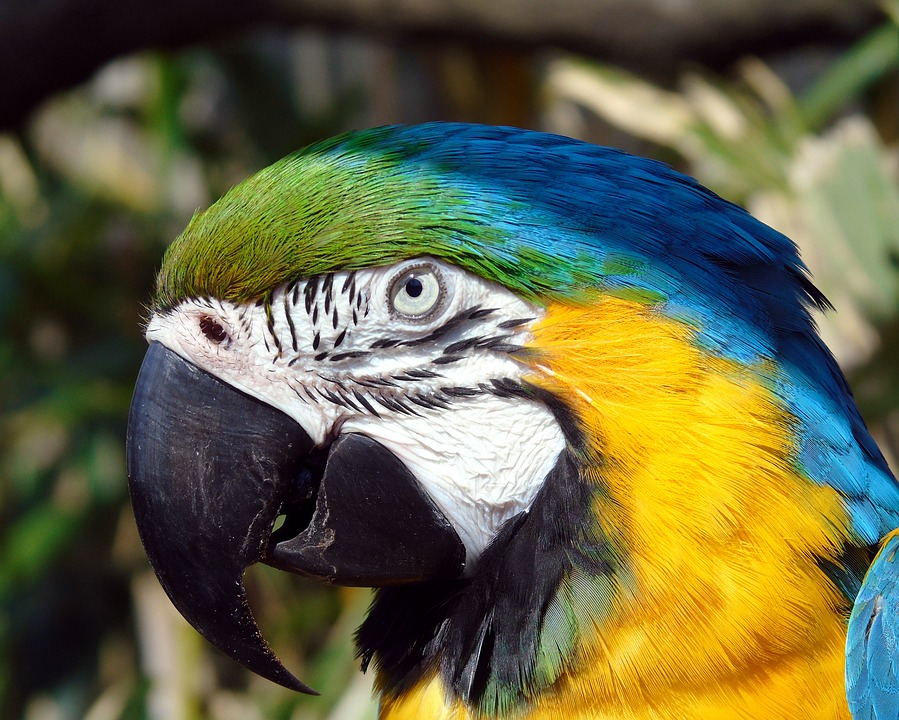Training parrots can be a rewarding and enriching experience for both the bird and its owner. However, it’s important to understand the signs of eagerness and willingness to learn in parrots to ensure effective training sessions. By recognizing these signs, you can optimize your training efforts and create a strong bond with your feathered friend. In this article, we will discuss various indicators that demonstrate a parrot’s readiness to learn and provide insights on how to interpret their behavior.
When a parrot is eager to learn, it will actively engage in the training session. Look for signs such as an alert posture, a focused gaze, and head tilting. An alert posture involves the parrot standing up straight, with its feathers slightly puffed. The bird will also maintain eye contact with you, showing curiosity and interest in the training process. Additionally, tilting its head indicates that the parrot is paying close attention, trying to understand your instructions.
Parrots are known for their vocal abilities, and they often use their voices to communicate their eagerness to learn. Pay attention to chirping or whistling, as a parrot that is excited about training may produce cheerful chirps or melodic whistles. Another positive sign of engagement is when your parrot starts imitating your words or other sounds during training.
A parrot’s body language can reveal a lot about its willingness to learn. Observe behaviors such as wing fluttering, tail wagging, and preening. Wing fluttering indicates enthusiasm, while tail wagging suggests eagerness and receptiveness to learning. Preening is a sign of relaxation and comfort, indicating a positive attitude towards the training session.
Parrots are social creatures and enjoy human interaction. Look for signs that demonstrate their desire to engage with you, such as willingly approaching the training area or even climbing onto your hand or shoulder. Playful behavior, such as hanging upside down or hopping around, is also a positive indication that your parrot is enjoying the training process and eager to continue.
If your parrot shows signs of fear or aggression during training, it may not be ready for training. Take a step back, create a safe and comfortable environment, and work on building trust through positive reinforcement techniques before attempting training again.
Parrots of all ages can learn new tricks and behaviors. However, older parrots may require more patience and consistent training to adapt to new routines.
Training sessions should be kept short and frequent, ideally around 10 to 15 minutes each. Parrots have short attention spans, so shorter sessions ensure better focus and retention.
Positive reinforcement is key to successful parrot training. Use treats, verbal praise, or favorite toys as rewards to reinforce desired behaviors.
Using a clicker can be a helpful training tool, as it provides a distinct sound to mark desired behaviors. However, it is not essential, and verbal cues or a whistle can also serve the same purpose.
Understanding the signs of eagerness and willingness to learn in parrots is crucial for effective training sessions. By recognizing the indicators discussed above and tailoring your training approach accordingly, you can foster a positive learning environment for your parrot. Remember to be patient, consistent, and reward your feathered companion for their efforts. Happy training!









